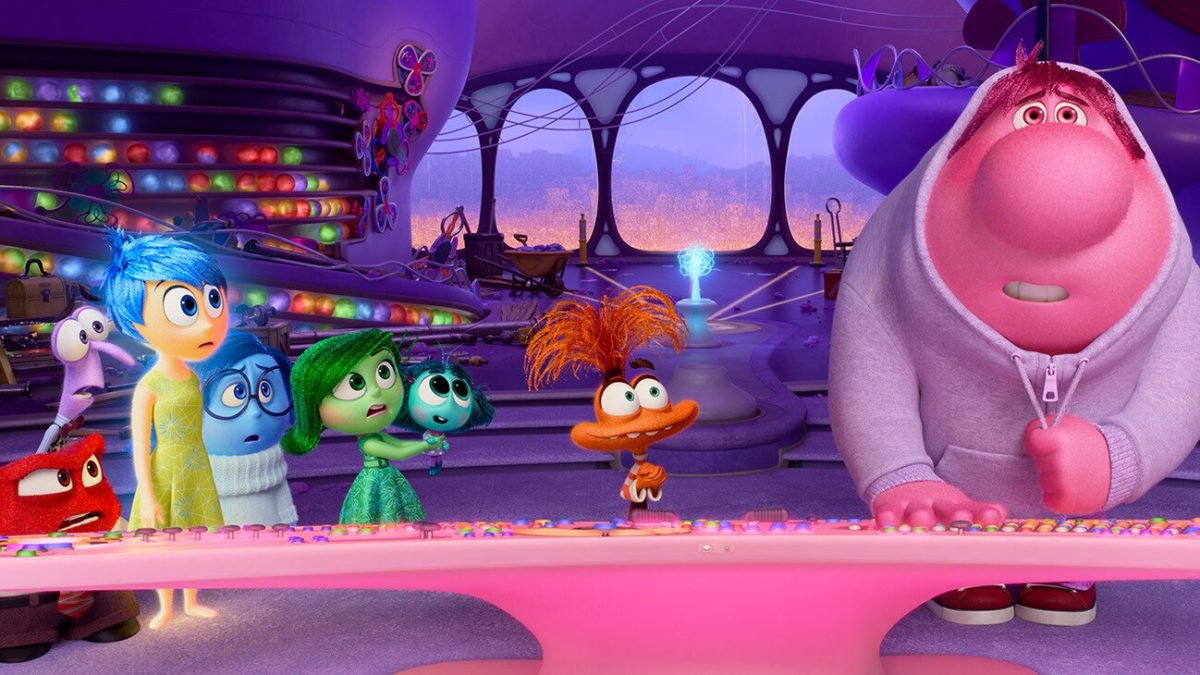“Dracula” is one of the first horror stories in existence. It is for this very reason that Netflix decided it wanted a shot at it, and boy did they miss their mark. Under directors Jonny Campbell, Paul McGuigan and Damon Thomas, they were able to unravel the tale of one of the oldest and most feared monsters into a rather droll three part series. Each episode is an hour and a half, but without a clock in the room you’d believe each was its own three-hour movie.
The first episode was definitely the most interesting of the three, following the story of a lawyer hired by Count Dracula to arrange a move from his mansion in Transylvania to a penthouse in London. The show did not hide its massive special effects budget for very long, with the first shot being of the lawyer, Jonathan Harker, post-Dracula visit. Within the first minute, I could tell this show wouldn’t be scary so much as gory. Jonathan’s face was covered in blisters and scars, reminiscent of Wade Wilson’s in the movie “Deadpool.”
Soon after, I was forced to watch a minute-long clip of a fly landing on Jonathan’s eye and enter through the orifice. Although it did provide some foreshadowing, it boiled down to just being really gross. Despite the gore of the episodes, there were several aspects I really liked about the series. Dracula’s mansion was well designed, and the idea of him getting younger by drinking people’s blood was interesting. They also created another element to his blood drinking in that he is very particular with whose blood he drinks, as he absorbs some of the characteristics of the person he drinks the blood of.
Instead of making Dracula the one-dimensional evil monster that he is portrayed as in most films, they provided a bit of emotional depth to his character. The finale of the series gave an interesting twist behind the popular tropes of vampires, such as being afraid of crosses and needing an invitation before entering a home. Though I won’t spoil it, the reasoning is a little cliché for my taste, to say the least.
Another interesting take they did on the show is the fact that the third episode takes place in modern times, as opposed to the gothic era we associate Dracula with. It was a really cool idea, but the execution was poor, with the focus of the episode being on random characters we are introduced to only in the final episode. This was a bad move because I didn’t see myself finding any emotional attachment to these characters at all. All three of the main characters from modern times were annoying, each in their own way.
Lucy was a character that was obsessed with vanity, and this was taken so far to the point where she seemed more like a sitcom character at times. She was the love interest of Jack, who was so in love with her beauty that he was totally blind to her horrible personality. I thought he would eventually tell her off for some character development, but instead the show went in the opposite direction and resolved this storyline with a kiss. The final main character, Zoe, was an ancestor to a character earlier in the earlier episodes, but she was also very preachy, which made her hard to stand sometimes as well.
Overall, next time you’re on Netflix and “Dracula” gets recommended to you, don’t feel any regret by not clicking on it, and watch something else happily knowing you didn’t waste four hours of your life following unlikable people through a played out story of the world’s most famous vampire. Though there were some good points of this series, the gory effects and slow pace of the film make those moments much harder to enjoy. If you liked “Twilight” and are a sucker for plot twists, maybe you’d enjoy the series, but otherwise it may do you better to heed my warning: steer clear of this show.
































